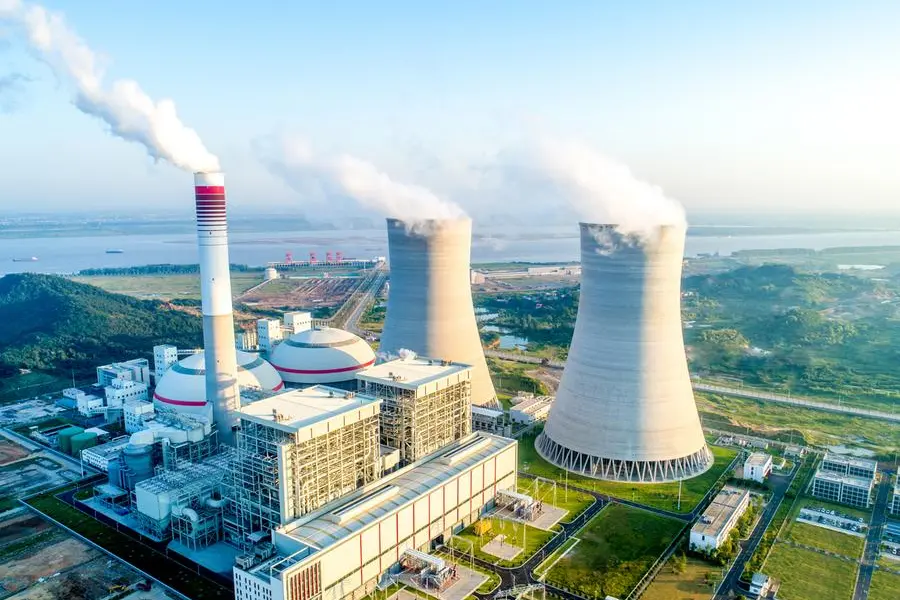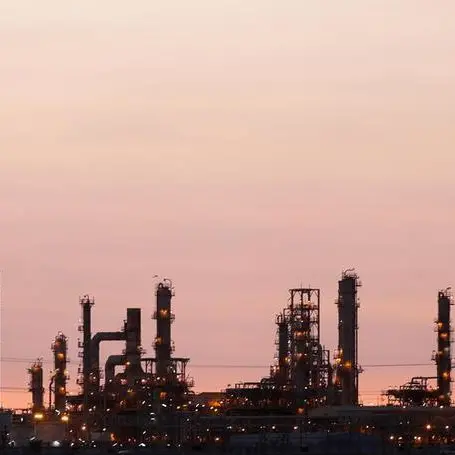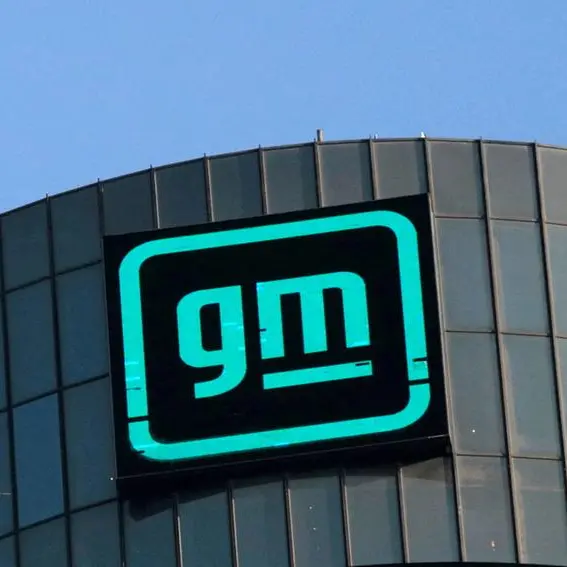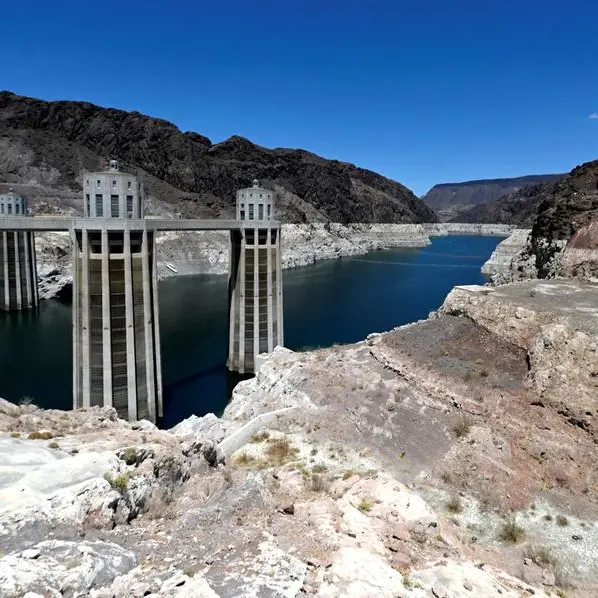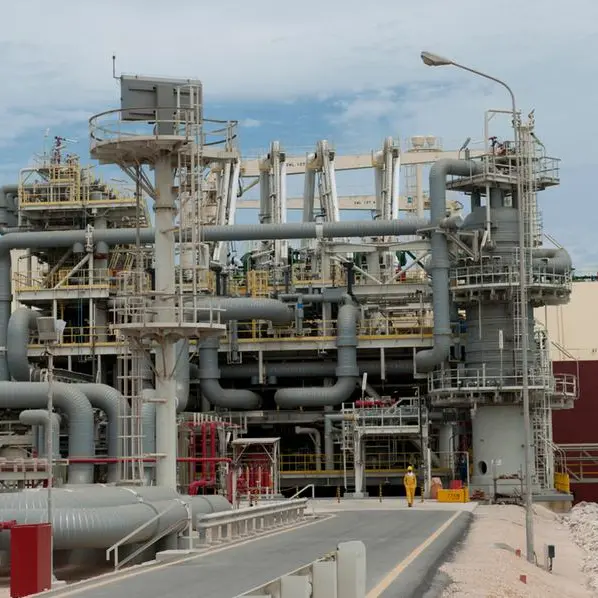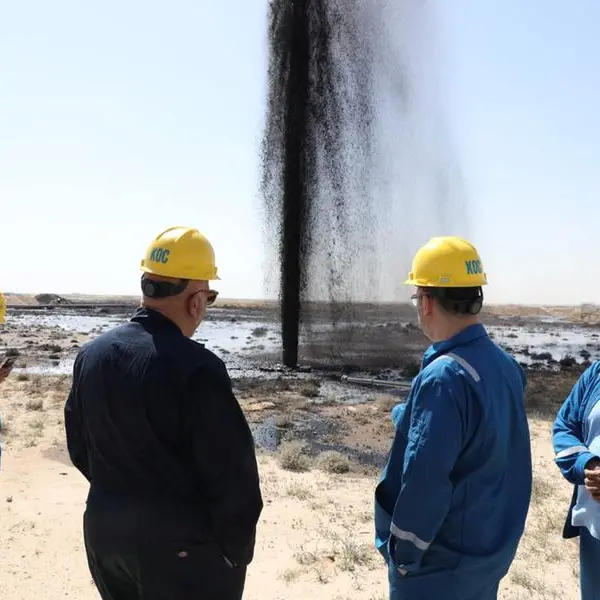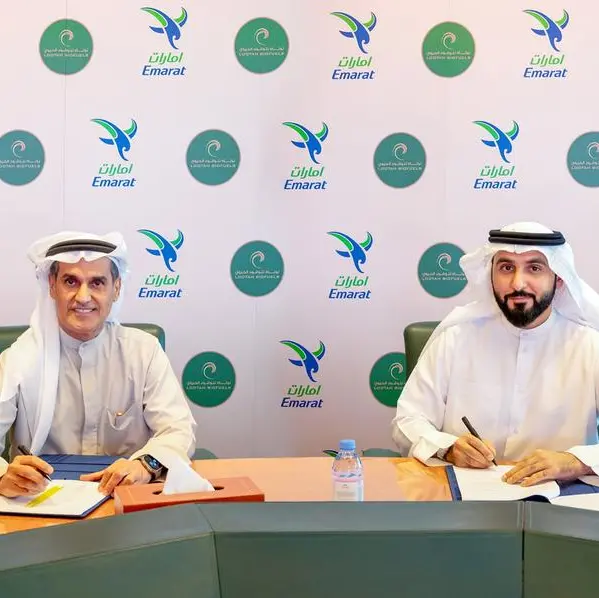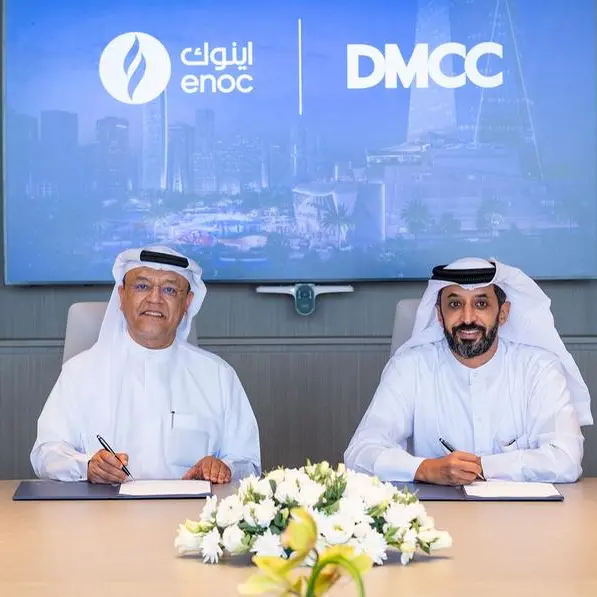PHOTO
Thermal power will maintain its dominance in the UAE’s power generation mix between 2023 and 2035, thanks to the country’s extensive gas and oil reserves, GlobalData, a London-based data and analytics company, said in a new report.
By the end of last year, thermal power generation constituted nearly 77.7% of the UAE’s total power generation mix.
The installed capacity share of thermal power stood at around 80.4% in 2023, while gas-based thermal power capacity dominated the power capacity mix with a share of 80.2%.
“With the discovery of new hydrocarbon reserves, the UAE is planning to invest heavily in hydrocarbon infrastructure and seek to develop new production techniques,” said Sudeshna Sarmah, Power Analyst at GlobalData.
Currently, the country is picking new locations to set up new infrastructure and seeking unconventional methods for hydrocarbon production, Sarmah added.
In 2023, gas was the dominant technology, accounting for 99.8% of thermal capacity. Oil and coal contributed around 0.1% each, respectively.
The cumulative thermal power capacity is expected to increase further to 46.1 gigawatts (GW) by 2035 from 41.2 GW in 2023, rising at a compound annual growth rate (CAGR) of 0.9% during the period.
Most of the increase in capacity is expected in gas-based thermal power rather than oil, whose capacity is expected to remain almost unchanged, Sarmah added.
The UAE aims to become self-sufficient in gas supply by 2030 following the discovery of more onshore hydrocarbon reserves. However, the report said it is dependent on gas imports for power plants and water desalination plants.
(Editing by Brinda Darasha; brinda.darasha@lseg.com)
